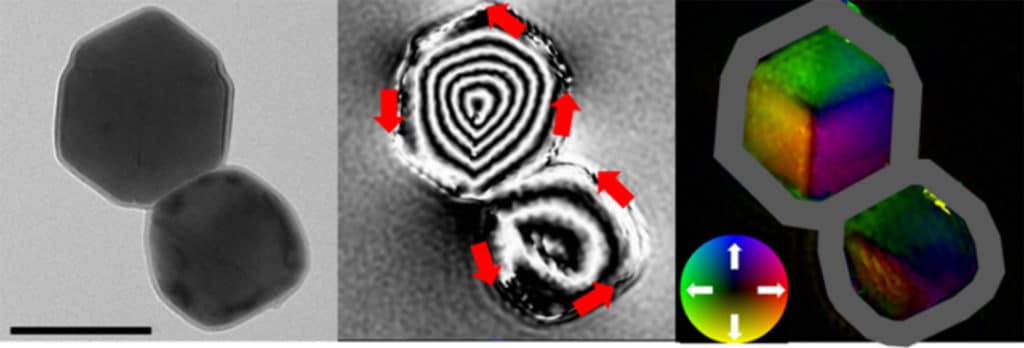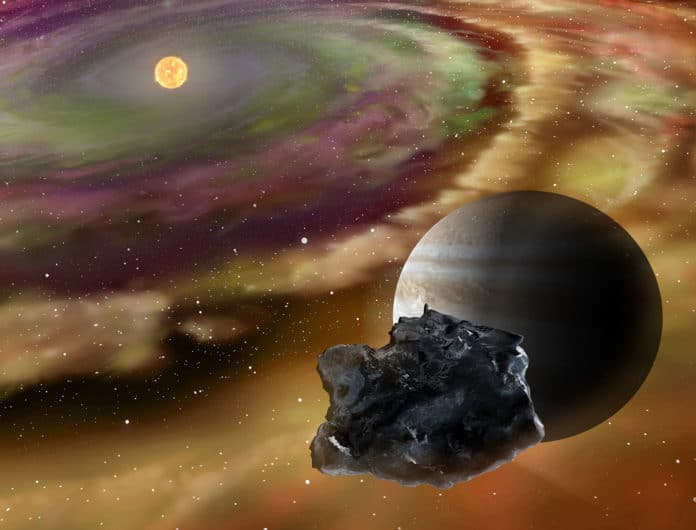The Universe is about 12 or 13 billion years old. Based on current estimates, it is suggested that our solar system is much younger, about 4.55 billion years.
In the latest study, scientists analyzed magnetites in meteorites to investigate the dynamics of the early solar system. The analysis was performed using the wave nature of electrons.
For this study, scientists have developed a novel technique to study the remnant magnetization of particles in the meteorite. Known as nanometer-scale paleomagnetic electron holography, the method involves using the wave nature of electrons to examine their interference patterns, known as a hologram, to extract high-resolution information from the structure of the meteorites.
Why did scientists choose meteorites for the investigation?
Meteorites have the magnetic fields of particles that make up the object can act as a historical record. By examining such magnetic fields, scientists can derive the probable events that influenced the object and reconstruct a time-lapse of which and when the events occured on the meteorite.
Yuki Kimura, an associate professor at the Institute of Low-Temperature Science at Hokkaido University in Japan who led the study, said, “Primitive meteorites are time capsules of primordial materials formed at the beginning of our solar system. To understand the physical and chemical history of the solar system, it is crucial to analyze various types of meteorites with different origins.”

No doubts that meteoroids are available on Earth as well. Most of them formed within the asteroid belt between Mars and Jupiter. A study of samples from these meteorites could reveal about the early solar system. However, it becomes difficult to reconstruct events farther out in the solar system, well past the asteroid belt.
For this study, scientists analyzed the remnant magnetization of particles in the Tagish Lake meteorite. Using a newly developed technique with numerical simulation, the team showed that the parent body of the Tagish Lake meteorite was formed in the Kuiper Belt. It then moved to the orbit of the asteroid belt as a result of the formation of Jupiter.
Further analysis revealed that the formation of magnetite takes place after the parent body was heated to about 250°C by radiogenic heating. This energetic impact is thought to have occurred during the body’s transit from the Kuiper belt to the Asteroid belt.
Kimura said, “Our results help us infer the early dynamics of solar system bodies that occurred several million years after the formation of the solar system, and imply a highly efficient form of the outer bodies of the solar system, including Jupiter.”
Scientists are planning to use this technique on more samples, including samples from an asteroid called Ryugu.
Kimura said, “We are analyzing the samples that Hayabusa 2 brought back from the asteroid Ryugu. Our nanometer-scale paleomagnetic method will unveil a detailed history of the early solar system.”
Journal Reference:
- Electron holography reveals early planetary dynamics of the Solar System. Astrophysical Journal Letters (ApJL), August 11, 2021. DOI: 10.3847/2041-8213/ac13a8
